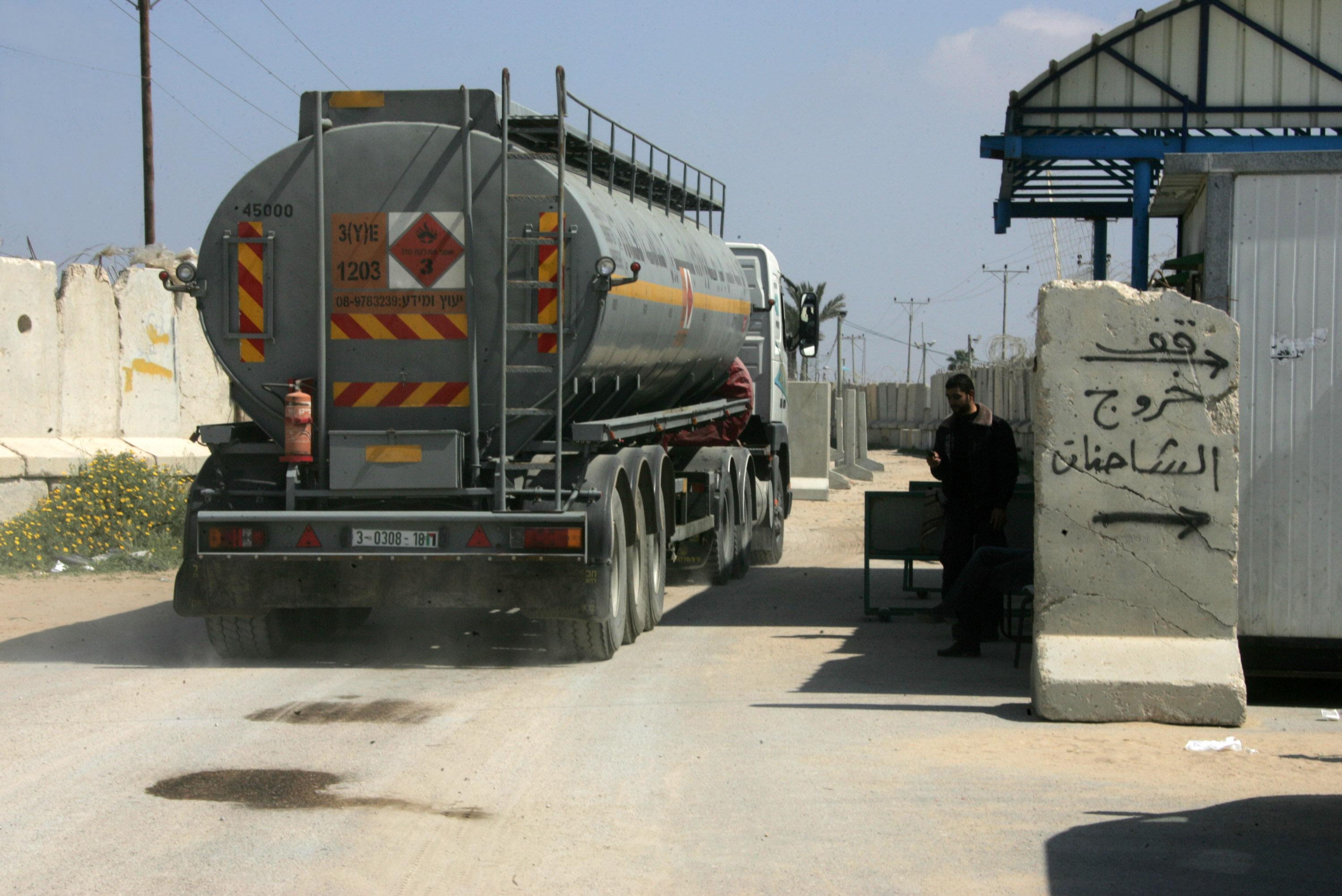The amazing MAGA Trump
Inside Trump's genius plan to halt Iran's $53B oil trade
“No need to sink ships or arrest crews,” a source familiar with Trump's strategy told Reuters. “The chill factor alone—making it not worth the risk—is enough.”

In the open sea, where tankers glide under flags of convenience, a new front in Donald Trump’s war on Iran is taking shape. The U.S. president, barely two months into his second term, is dusting off his “maximum pressure” playbook—this time with a twist: a plan to halt Iranian oil ships mid-voyage, isolating Tehran from the global economy and stalling its nuclear ambitions.
The proposal, still in flux, would see American forces and allies intercept and inspect Iranian oil tankers on the high seas, slashing exports to zero. It’s a step beyond the sanctions Trump unleashed in his first weeks back, targeting not just Iran’s oil firms but its elusive “shadow fleet”—aging, uninsured vessels ferrying crude from sanctioned states. Unveiled amid a flurry of fresh penalties, the plan leans on an international pact against weapons proliferation, a legal scaffold to choke Tehran’s cash flow without firing a shot. The goal: cripple Iran’s support for proxies across the Middle East and its pursuit of a nuclear bomb.
This isn’t uncharted water. Before his November victory, Trump vowed to gut Iran’s oil sales, a pledge his team now races to fulfill. Sources say the National Security Council is weighing options—stopping ships at chokepoints, punishing foreign ports and traders—to “strangle” Tehran’s revenue. It builds on Biden-era moves, which saw U.S. seizures of Iranian tankers in 2023 spark retaliatory ship grabs by Tehran and a spike in crude prices. John Bolton, Trump’s former national security adviser, called it “wholly justified,” telling Reuters, “Oil sales are the lifeblood of Iran’s economy and its terror networks.” No official word yet from the White House on allied buy-in, though over 100 governments could be tapped.
The shadow fleet—rusted hulks dodging Western insurers—has kept Iran afloat, funneling $53 billion from oil exports in 2023, per the U.S. Energy Information Administration, nearly matching 2022’s $54 billion despite sanctions. China, a key buyer, props up the trade. Trump’s plan bets on disruption: delay shipments, spook buyers, shrink the $2 trillion oil market Iran taps. “A short-term hit could cut exports by 750,000 barrels a day,” said Ben Cahill, an energy researcher at the University of Texas. “But over time, Iran and its clients find workarounds—sanctions lose bite.”
The calculus hinges on oil’s price tag. At under $75 a barrel, Cahill notes, Trump has room to maneuver without igniting a backlash. Above $92, the math shifts—pain spreads, Iran digs in. Past flare-ups, like the 2023 Central Park tanker boarding off Yemen, hint at Tehran’s defiance; this week’s plan risks more. Still, the U.S. presses forward, eyeing a maritime net to trap the fleet that’s eluded it—less a siege than a signal, daring Iran to sail on.